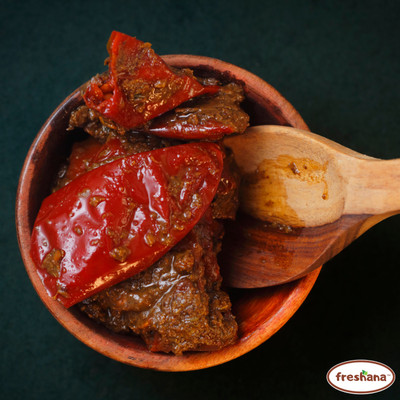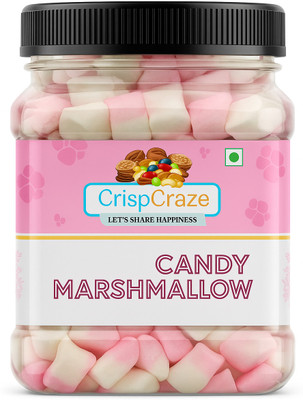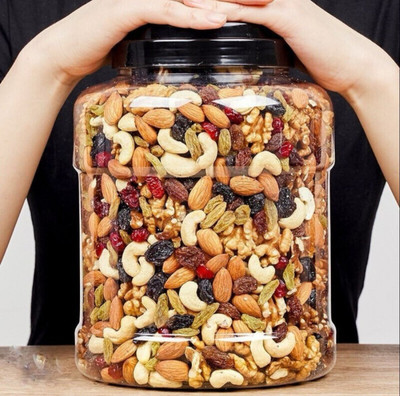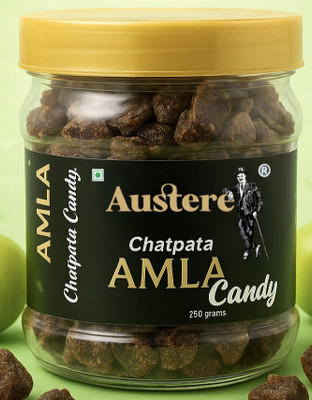
NaughtyCare Murabba Amla Whole Fruit Murrabba Jar Tasty Healthy and Pure Amla Murabba (2 kg)
Share
NaughtyCare Murabba Amla Whole Fruit Murrabba Jar Tasty Healthy and Pure Amla Murabba (2 kg)
4.8
4 Ratings & 0 ReviewsSpecial price
₹955
₹1,999
52% off
@111/250g
Hurry, Only 1 left!
Coupons for you
T&C
Available offers
T&C
T&C
T&C
T&C
Delivery
Check
Enter pincode
Delivery by7 Oct, Tuesday
?
if ordered before 12:59 PM
View Details
Quantity
- 2 kg2 kg
Please select a Quantity to proceed
Highlights
- Amla
- Rich in vitamin C
- (Emblica officinalis)
- Rich in Antioxidants
- Digestive Aid
- Blood Sugar Regulation
- Shelf Life: 2yrs
- Herbal Amla Murabba
- Boosts Immunity
Services
- Cash on Delivery available?
Seller
Description
Amla Murabba: Nature's Tangy Treasure
Amla Murabba is a traditional Indian preserve crafted from the nutrient-rich Indian gooseberry, known for its unique balance of tangy and sweet flavors. This delightful treat is not only a culinary gem but also a powerhouse of health benefits, making it a staple in many households.
Product Highlights:
Nutrient-Dense: Packed with vitamin C, antioxidants, and essential nutrients, Amla Murabba supports immune health and overall wellness.
Traditional Preparation: Made using age-old methods, fresh amla is cooked with natural sweeteners like sugar or jaggery, enhancing its flavor while preserving its nutritional goodness.
Versatile Use: Enjoy it on toast, mix it into yogurt, or use it as a unique ingredient in both sweet and savory dishes. Its tangy taste adds a refreshing twist to your meals.
Ayurvedic Remedy: Revered in Ayurveda for its health benefits, Amla is known to promote healthy skin, hair, and digestion.
Beautifully Packaged: Amla Murabba often comes in attractive ja
Read More
Specifications
In The Box
| Pack of |
|
General
| Brand |
|
| Model Name |
|
| Type |
|
| Base Ingredient |
|
| Quantity |
|
| Container Type |
|
| Taste |
|
| FSSAI Number |
|
| Organic |
|
| Dietary Preference |
|
| Food Preference |
|
| Maximum Shelf Life |
|
| Storage Instructions |
|
| Nutrient Content |
|
| Preservation Process |
|
| Ingredients |
|
| Manufactured By |
|
| Country of Origin |
|
| Net Quantity |
|
| Additives |
|
| Allergens Included |
|
| Manufacturing Process |
|
| Regional Speciality |
|
| Fortified |
|
Additional Features
| Usage Instructions |
|
| Certification |
|
| Other Features |
|
Legal Disclaimer
|
Ratings & Reviews
4.8
★
4 Ratings &
0 Reviews
- 5★
- 4★
- 3★
- 2★
- 1★
- 3
- 1
- 0
- 0
- 0
Have you used this product? Be the first to review!
Be the first to ask about this product
Safe and Secure Payments.Easy returns.100% Authentic products.
Back to top



















